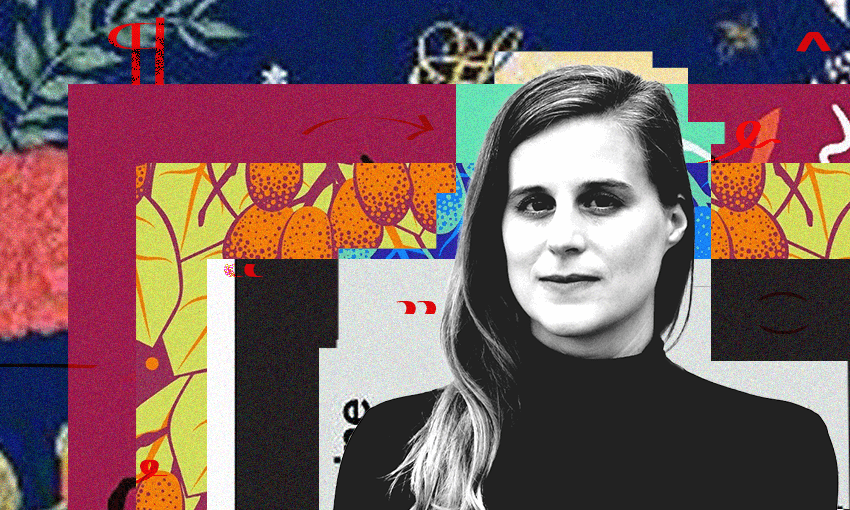Welcome to The Spinoff Books Confessional, in which we get to know the reading habits and quirks of New Zealanders at large. This week: a visitor from the US – bestselling author and one of Time Magazine’s 100 most influential people of 2024, Lauren Groff.
The book I wish I’d written
If I wish I’d written a book, it’s because it’s so idiosyncratic and delightful that no person other than the book’s author could have written it. It’s longing to be an entirely different writer! I don’t wish this, but I do wish that I had the empathy of Chekhov, the capacious golden intelligence of George Eliot, the disruptive imp of Anne Carson.
Everyone should read
I think returning to the white heat of Emily Dickinson, if we read slowly and with care, would burn the dross off of all of our souls. Poetry is the closest literary form to music, and music is the closest art form to eternity. When I was 12, I read Emily Dickinson and she made me into a writer.
The book I want to be buried with
I don’t want to be buried! Also, you can’t read while dead. I’m afraid this question doesn’t make sense to me.
Utopia or Dystopia
The word utopia (as Sir Thomas Moore coined it) contains its own negative: it’s both outopos (no place) and eutopos (the good place). They’re different aspects of the same thing, relative to the perceiver.
Fiction or Nonfiction
Fiction. It’s not that I don’t love nonfiction, but nonfiction is in the business of answering questions and fiction is in the business of asking them without needing an answer. The truth here is that I’d take poetry over both.
It’s a crime against language to…
Call the reclining chair a chaise lounge, not what it is, a chaise longue. It’s a long chair! French does not use the word lounge!
The book that haunts me
I think Toni Morrison’s Beloved was the first book that literally haunted me. It is the first literary fiction in which the use of a ghost struck me powerfully as a rich, layered metaphor. Not shockingly, the people trying to ban books in Florida are trying to ban Toni Morrison’s books because she writes movingly about Black history.
The book that made me laugh
The Mezzanine by Nicholson Baker. I love this book, and admire the heck out of the way Baker is able to make a blip into an hour in the day of an ordinary man into something wildly entertaining and fascinating. Baker is deeply underrated.
Greatest New Zealand writer
My first New Zealand literary love was Katherine Mansfield. It’d be difficult to surpass her in my heart. Even Virginia Woolf was envious of her talent.
Best thing about reading
Books are the greatest technology that humans have ever made – nothing else will ever surpass them. With a book, you can transplant a human soul into another human soul, and alleviate our inherent existential loneliness. You read a great book, one that really works into your spirit, and you can carry around the voice of that author for the rest of our life.
The best place to read
In a bathtub. Preferably with a cup of hot mint tea, and your beloved fellow humans out of the house, doing something without you. Of course you have to be reading a paperback – it’d be a horror to get a hardcover or a screen wet.
What are you reading right now?
I’m reading for the USA’s big national literary prizes, The National Book Awards. I can’t tell you what, exactly, I’m reading, only that it’s a mountain of 600 books, and I’m afraid it’s going to collapse on top of me and I’ll be found crushed by literature days later. Not the worst way to go.
The Vaster Wilds by Lauren Groff ($37, Hutchinson Heinemann) is available to purchase from Unity Books Wellington and Auckland. Lauren Groff is appearing at Auckland Writers Festival in May, and in Wellington with Verb Wellington.



